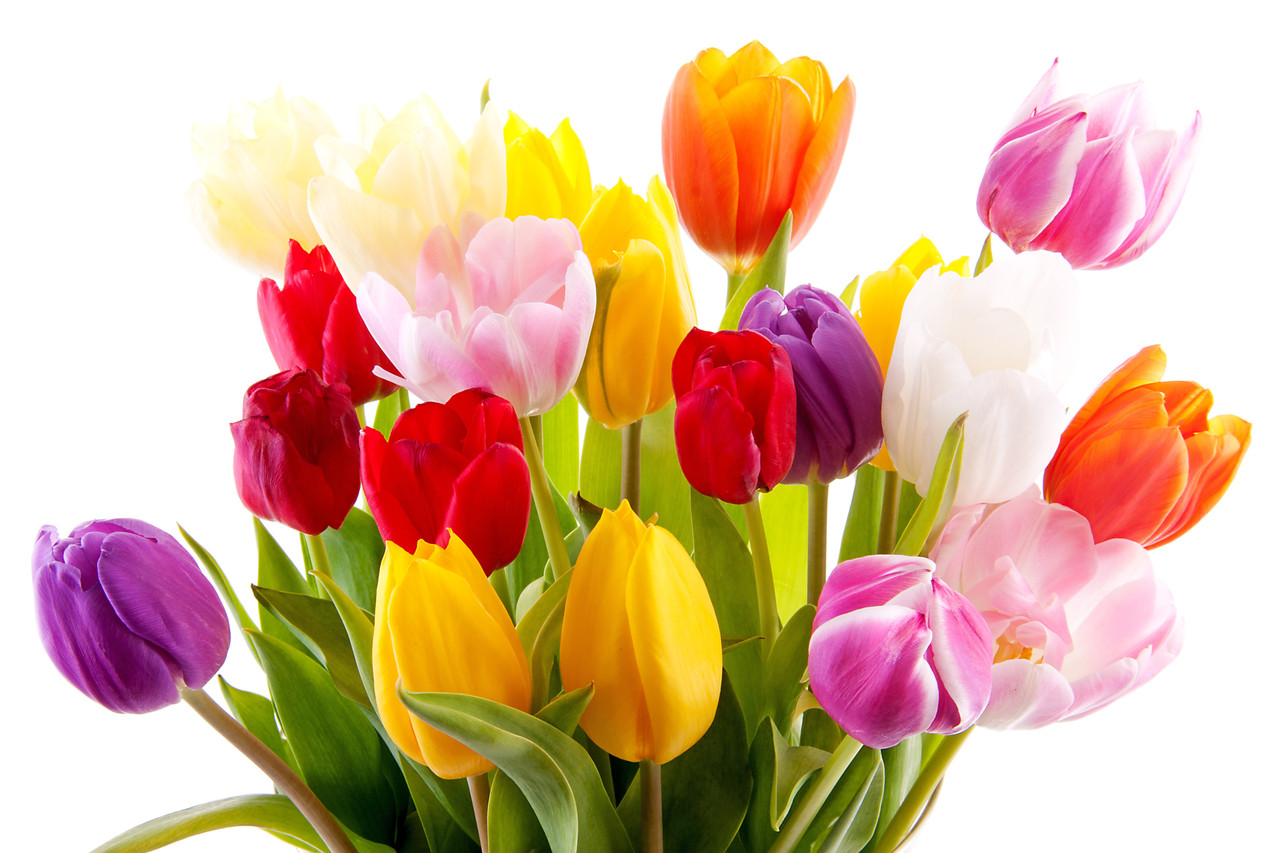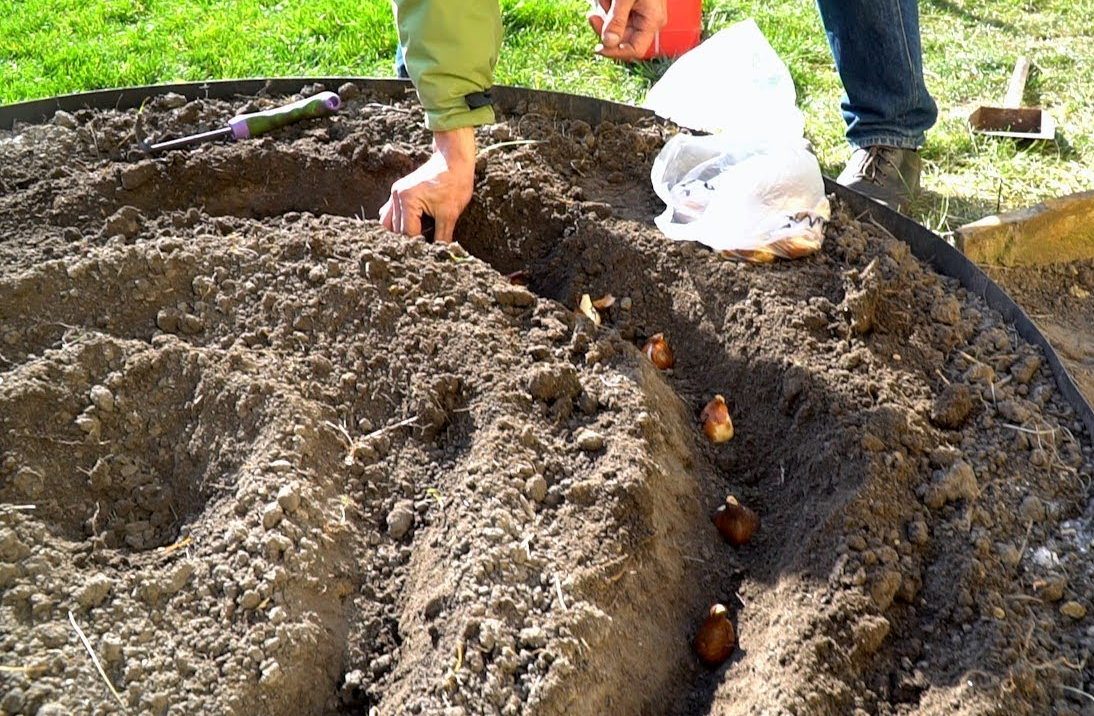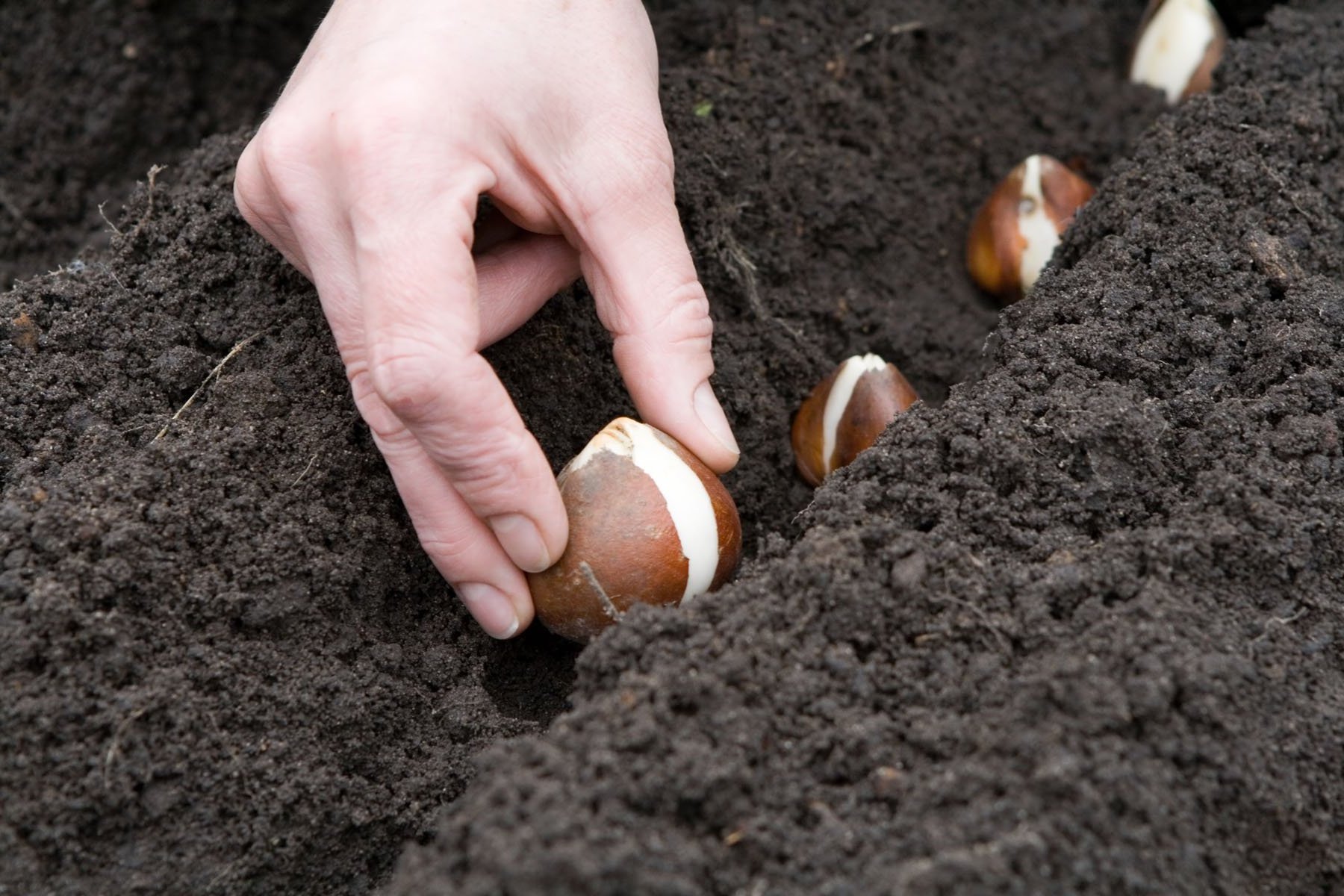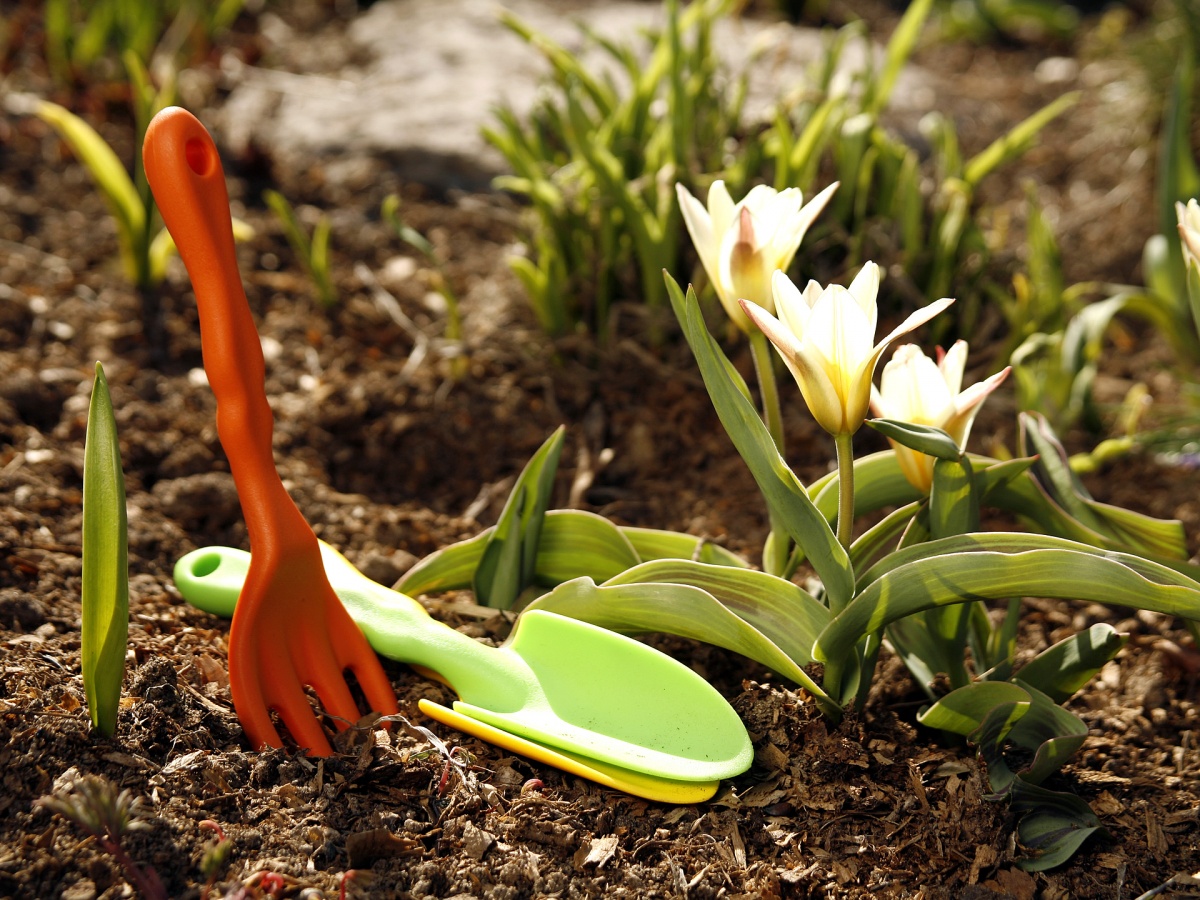Content:
In spring, nature comes to life, and with it many plants. Tulips are special flowers. The most beautiful are multi-flowered or bouquet. They belong to the group of ephemeroids, that is, to plants with a short period of active vegetation and a long period of rest. The process of planting, caring for tulips is different from the agricultural technology of other plants.
Features of vegetation
Tulips start growing outdoors in mid-March - early April. Abundant flowering begins 3-4 weeks after the leaves appear. The duration depends on the air temperature: from 14 to 20 days in cool weather, on hot sunny days they fade faster.
After the petals fall off, the tulip continues to grow actively for another month. At this time, it forms a replacement bulb, smaller bulbs - babies. The leaves gradually turn yellow, darken, dry out.
Tulips: planting and care in the open field
Tulips are not capricious, but they please with beautiful and large flowers only if the correct cultivation technology is followed. Despite the existence of many varieties, the rules are the same for everyone.
Preparing for landing
Before planting, the bulbs are carefully examined and selected, small and damaged ones are discarded. They should be large or medium (2-5 cm in diameter), healthy, with shiny brown scales without damaging the bottom.
The planting material must be treated with 0.2% foundation or a weak solution of potassium permanganate.
Treatment will protect against the development of fungal and viral diseases. It is not necessary to dry the bulbs, but should be immediately sent to the planting holes.
When to plant
The optimal planting time for tulip bulbs is considered to be the period from mid-September to mid-October. It all depends on the climate, weather.
During this time, the planted bulb will have time to grow roots enough, take root well in order to successfully overwinter. When the soil freezes over, the roots stop growing. They resume their growth in the spring.
Choosing a landing site
They take the choice of a future landing site very seriously. The growth of the bulbs and the abundance of flowering depend on this. Tulips do well in a sunny, windless area. Partial illumination is acceptable. For example, in the garden, under trees that bloom their leaves late, and the sun's rays can fall almost unhindered on the ground.
In dense shade and under the influence of cold air currents, the stems will stretch, bend, and the flowering will become weak. All bulbs love the sun, especially bush ones. The plot is selected even, well-drained.
Landing distance
If agricultural technology involves the annual digging of tulips, the bulbs are placed at a distance of 10-15 cm from each other.When flowers in a flowerbed or in a garden are not planned to be dug for years, the distance between them is increased to at least 20 cm.
You can plant both separately and in groups (curtains). In the second case, the landing is carried out in special plastic baskets, filling them with earth. In autumn, it is enough to dig them up, shake the ground and the bulbs will remain in the basket.
Planting depth
The planting depth is directly influenced by the size of the planted bulb. Its triple height is considered to be optimal. That is, the average height of the bulb is multiplied by 3, and the desired depth is obtained when planting.
What soil does the plant like
Referring to rather uncaptious flowers, tulips will grow on different garden or garden soil. But preference is given to:
- fertile;
- loose;
- well fertilized;
- slightly acidic or neutral.
How to prepare the soil
Pre-planting preparation involves the introduction of organic matter, peat or compost. Moreover, the latter must be completely rotten. It is also good to add wood ash for digging, which will be a source of trace elements.
Caring for tulips after planting in the ground
With the emergence of sprouts, further care consists in loosening the soil, regular irrigation throughout the entire period of intensive growth. Tulips respond well to moderate watering. The water should be warm (20 ° C), not chlorinated. It is worth watering often (1 time in 7-10 days), preventing the soil from drying out. Water consumption 6-10 liters per 1 m².
Flower feeding
During the active growing season, especially at the beginning, it is imperative to apply fertilizers.
It should be done as follows:
- When sprouts appear from the ground, nitrogen fertilizers in dry form are used to build up green mass, introducing them into the soil around the plant to a depth of 8-10 cm.
- When the seedlings grow 2 leaves, liquid mineral supplements are used.
- To form buds, the plant consumes a lot of potassium and phosphorus, which must also be applied during watering.
- In the period between the blooming of the buds and the end of flowering, the last liquid top dressing is carried out using fertilizers with a mineral composition.
Features of planting and caring for tulips in the Moscow region, Siberia, in the Urals
Knowing all the features of growing tulips in the open field, providing the plants with proper care, you can grow them even in the difficult climate of Siberia and the Urals. An important condition should be the prevention of soil freezing during the growing season. A good place can be the area above the heating main or just a flowerbed, sufficiently warmed up by the sun, protected from the Siberian wind.
For the Ural climate, it is preferable to opt for late-flowering varieties of Dutch selection, since they have higher frost resistance. You can admire blooming tulips already at the end of May.
As you can see from the description above, caring for such beauty is not at all difficult. You just need to create comfortable conditions for the flowers.
















